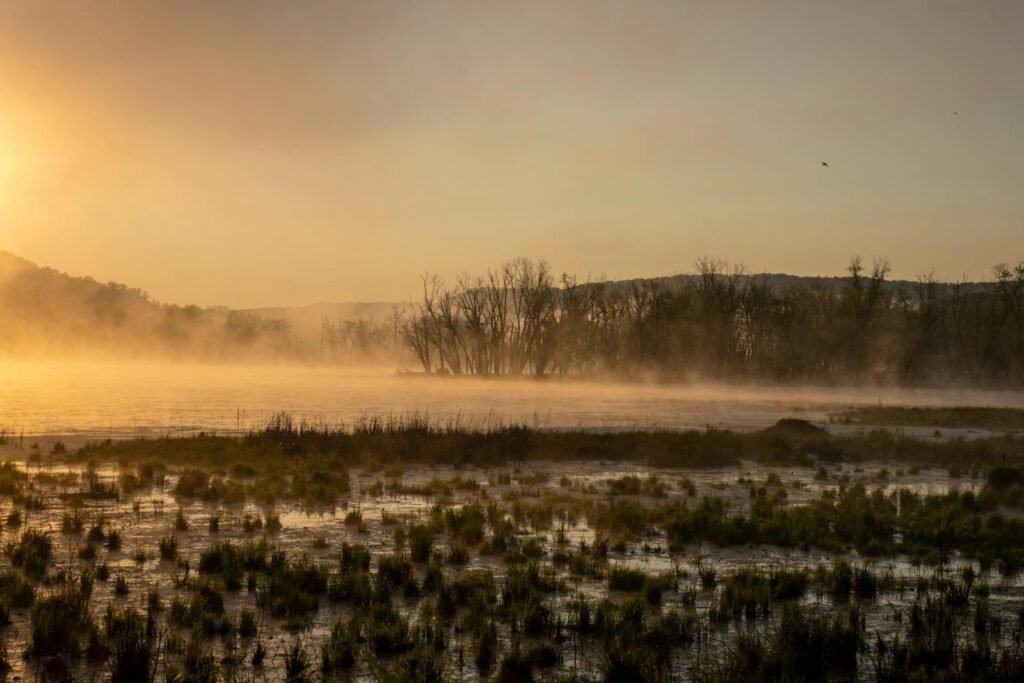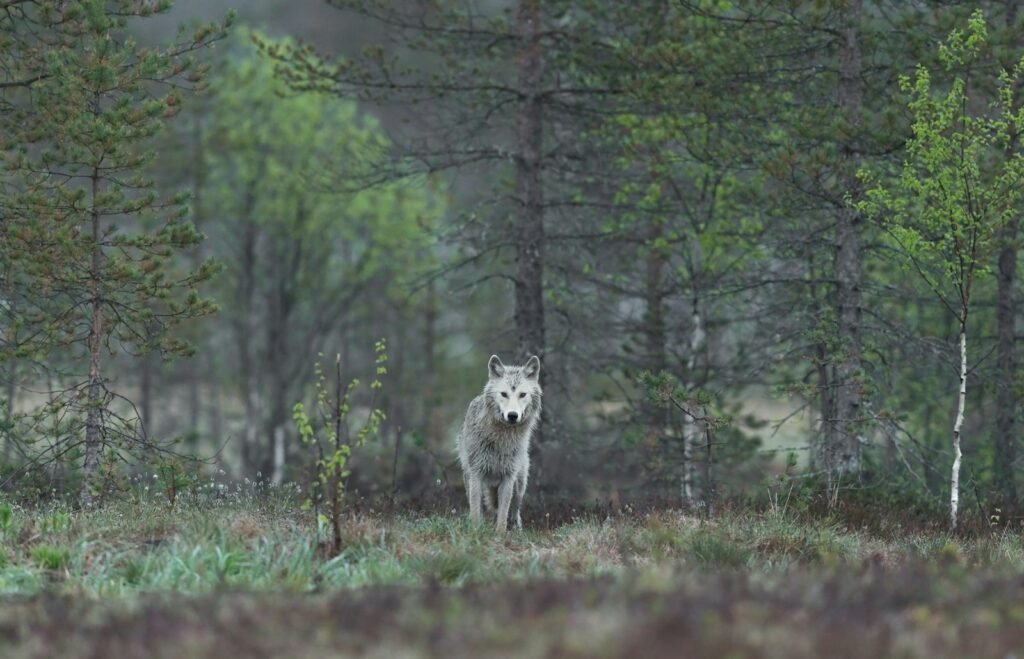Picture this: what if the solution to our climate crisis has been growing right under our feet all along? While politicians debate carbon taxes and engineers design complex machines to capture CO2 from the air, nature has been quietly demonstrating its own powerful climate control system for millions of years. Trees, grasses, wetlands, and countless other plant communities have been storing carbon, cooling temperatures, and regulating weather patterns since long before humans walked the earth. The question that’s captivating scientists worldwide isn’t whether plants can help fight climate change – it’s whether we can restore enough of them fast enough to make a real difference.
The Carbon Storage Powerhouse Hidden in Soil

Most people think of trees when they imagine plants fighting climate change, but the real carbon storage champion might surprise you. Soil contains more carbon than the atmosphere and all plant life combined – roughly 2,500 billion tons of it. When plants photosynthesize, they don’t just store carbon in their leaves and trunks; they pump a significant portion of it deep into the ground through their roots.
This underground carbon bank operates like a massive savings account that’s been accumulating deposits for centuries. Healthy grasslands, for instance, can store up to 70% of their carbon below ground, where it remains stable for decades or even centuries. The process happens through something called the “liquid carbon pathway,” where plants convert atmospheric CO2 into liquid carbon compounds that feed soil microbes and build organic matter.
Forests as Natural Air Conditioning Systems

Forests do far more than just store carbon – they’re like giant natural air conditioning units for the planet. A single mature tree can transpire up to 100 gallons of water per day, cooling the surrounding air by as much as 10 degrees Fahrenheit. When you multiply this effect across millions of trees, forests can literally change regional weather patterns.
The Amazon rainforest, often called the “lungs of the Earth,” doesn’t just absorb CO2; it generates its own rainfall through evapotranspiration. Trees release water vapor that forms clouds, which then release rain back onto the forest. This creates a self-sustaining cycle that can influence weather patterns thousands of miles away. Scientists estimate that deforestation in the Amazon could disrupt rainfall patterns as far away as the American Midwest.
Wetlands: The Unsung Climate Heroes

If forests are the lungs of the Earth, wetlands are its kidneys – and they’re incredibly effective at carbon storage. Despite covering only 6% of the Earth’s surface, wetlands store approximately 35% of all terrestrial carbon. Peat bogs, salt marshes, and swamps trap carbon in waterlogged soils where decomposition happens incredibly slowly.
A single acre of wetland can store as much carbon as 10 acres of forest. The secret lies in the water-logged conditions that create an oxygen-poor environment. When plants die in these areas, they don’t decompose completely – instead, they form layers of carbon-rich peat that can be thousands of years old. Some peat bogs in northern regions have been accumulating carbon for over 10,000 years.
The Grassland Revolution Nobody Talks About

While forests get most of the attention in climate discussions, grasslands might be the more practical solution for large-scale carbon storage. Grasslands cover about 40% of the world’s land surface and have some unique advantages that forests don’t. They’re more resilient to droughts, fires, and extreme weather events that are becoming more common due to climate change.
The root systems of prairie grasses can extend 15 feet deep into the soil, creating vast underground networks that store carbon far below the surface. When grasslands are properly managed through rotational grazing or controlled burning, they can actually increase their carbon storage capacity over time. Some restored prairie areas have been shown to sequester carbon at rates comparable to or even exceeding those of forests.
Marine Plants: The Ocean’s Hidden Climate Warriors

The ocean’s plant life might be microscopic, but its impact on climate is enormous. Phytoplankton, seagrass beds, and kelp forests form the foundation of marine carbon storage systems that dwarf their terrestrial counterparts. These underwater ecosystems store carbon in what scientists call “blue carbon” – organic matter trapped in marine sediments.
Seagrass beds are particularly impressive carbon storage systems. They can store up to 18% of the world’s oceanic carbon despite covering less than 0.2% of the ocean floor. A single square meter of seagrass can store as much carbon as a small forest. When these underwater meadows are destroyed, they release stored carbon back into the atmosphere, making their protection crucial for climate stability.
How Fast Can Plant Restoration Actually Work?

The timeline for plant restoration to impact climate change varies dramatically depending on the ecosystem and approach. Fast-growing trees like eucalyptus can start storing significant amounts of carbon within just a few years, while slow-growing oak forests might take decades to reach their full potential. However, the fastest results often come from protecting and restoring existing ecosystems rather than planting new ones.
Grassland restoration can show measurable carbon gains within 3-5 years, while forest restoration typically takes 10-20 years to reach significant carbon storage levels. The key insight from recent research is that natural regeneration – simply allowing ecosystems to recover on their own – is often faster and more effective than human-led planting efforts. Nature, it turns out, is pretty good at healing itself when given the chance.
The Surprising Math Behind Global Restoration
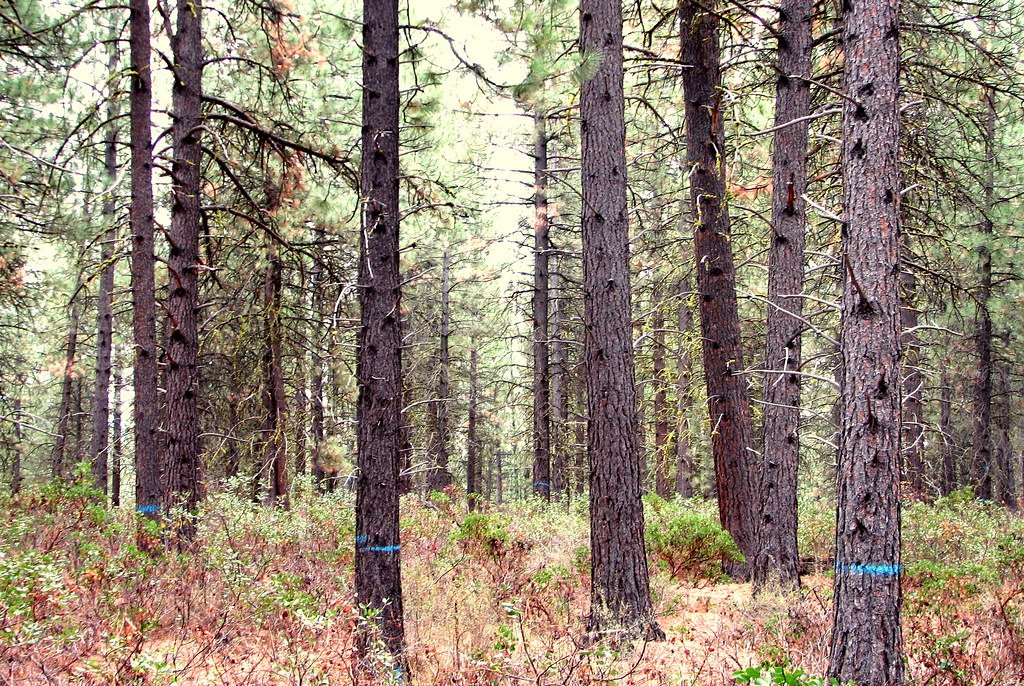
Scientists have calculated that restoring forests on an area the size of the United States could remove about 25% of current atmospheric CO2 levels. While this sounds promising, the reality is more complex. We’d need to restore approximately 2 billion acres of forest worldwide – an area larger than the entire United States – to make a significant dent in current carbon levels.
However, the math becomes more encouraging when you include all types of plant restoration. Combining forest restoration with grassland recovery, wetland protection, and regenerative agriculture practices could potentially remove 5-10 billion tons of CO2 from the atmosphere annually. That’s equivalent to taking 1-2 billion cars off the road permanently.
Why Some Restoration Projects Fail Spectacularly

Not all plant restoration efforts succeed, and some failures are quite spectacular. China’s massive tree-planting campaigns have sometimes created ecological disasters, with monoculture forests that died en masse during droughts. The problem often lies in planting the wrong species in the wrong places, or trying to force ecosystems into areas where they don’t naturally belong.
Successful restoration requires understanding local soil conditions, climate patterns, and existing wildlife. The most effective projects work with natural processes rather than against them. For example, many restoration efforts now focus on removing barriers to natural regeneration – like stopping overgrazing or controlling invasive species – rather than actively planting new vegetation.
The Role of Soil Microbes in Carbon Storage
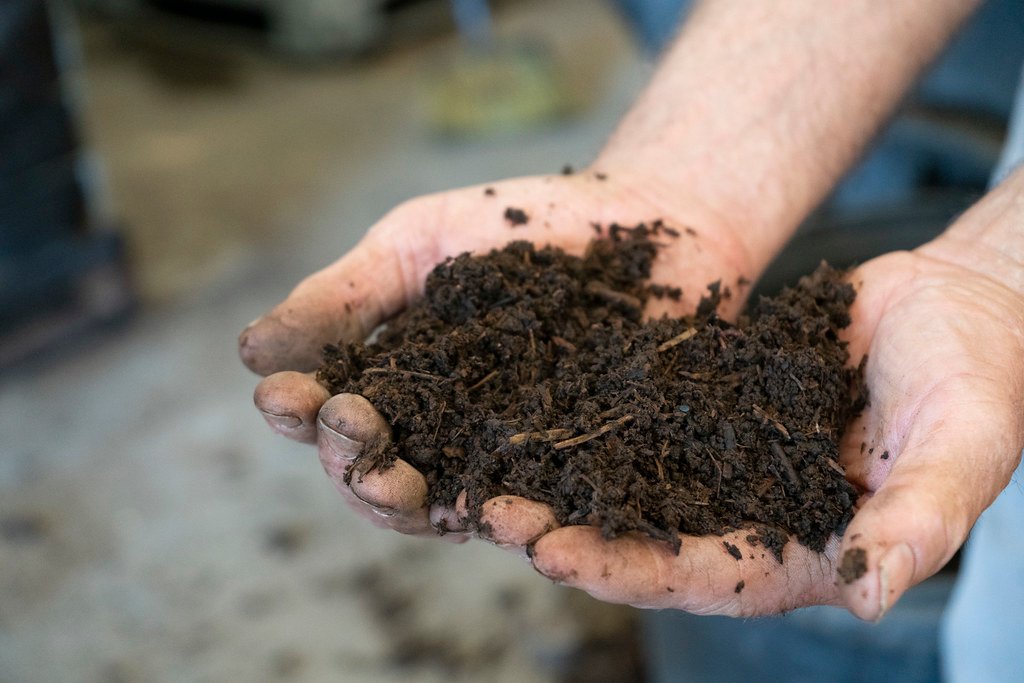
The invisible world of soil microbes plays a crucial role in determining how much carbon plants can actually store long-term. These microscopic organisms form complex relationships with plant roots, helping them access nutrients while receiving carbon-rich compounds in return. This underground economy is essential for stable carbon storage.
Mycorrhizal fungi, which form partnerships with plant roots, can extend the reach of root systems by up to 1,000 times. These fungal networks don’t just help plants grow; they also create stable carbon compounds that can persist in soil for decades. Recent research suggests that protecting and promoting these soil microbial communities might be just as important as planting trees for long-term carbon storage.
Climate Change vs. Plant Restoration: A Moving Target

Here’s the challenging part: climate change itself is making plant restoration more difficult. Rising temperatures, changing precipitation patterns, and more frequent extreme weather events are stressing the very ecosystems we’re trying to restore. Many tree species are struggling to survive in locations where they thrived for centuries.
This creates a race against time scenario where restoration efforts must not only capture carbon but also adapt to changing conditions. Some restoration projects are now planting “climate-adapted” species – trees and plants that can survive in the warmer, drier conditions expected in coming decades. It’s like trying to hit a moving target while the target is also changing the rules of the game.
Urban Plants: Small Spaces, Big Impact

Cities might seem like unlikely places for climate-changing plant restoration, but urban vegetation can have outsized impacts. A single street tree can offset the carbon emissions of a car driven 26,000 miles, while also providing cooling, air purification, and stormwater management. Urban forests, green roofs, and vertical gardens are becoming increasingly important tools in the climate fight.
The cooling effect of urban plants is particularly significant. Cities are often 5-10 degrees warmer than surrounding areas due to concrete and asphalt absorbing heat. Strategic placement of trees and vegetation can reduce this “urban heat island” effect, lowering energy consumption for air conditioning and improving public health outcomes.
The Economics of Plant-Based Climate Solutions

Plant restoration might be one of the most cost-effective climate solutions available. Protecting existing forests costs about $5 per ton of CO2 stored, while technological carbon capture can cost $100-600 per ton. Even ambitious reforestation projects typically cost $10-50 per ton of CO2 captured over the lifetime of the forest.
The economic benefits extend beyond carbon storage. Restored ecosystems provide clean water, prevent erosion, support biodiversity, and often create jobs in rural communities. Some estimates suggest that every dollar invested in forest restoration generates $7-30 in economic benefits through ecosystem services. It’s like getting a climate solution and an economic development program rolled into one.
Indigenous Knowledge: The Original Climate Scientists

Indigenous communities have been managing landscapes for carbon storage and climate stability for thousands of years, though they didn’t use those terms. Traditional practices like controlled burning, rotational grazing, and polyculture farming often result in higher carbon storage than modern industrial approaches.
Many of the world’s most carbon-rich ecosystems are found on indigenous lands, which cover about 22% of the world’s land surface but contain 80% of its biodiversity. Indigenous fire management practices, for example, can actually increase carbon storage in certain ecosystems by preventing catastrophic wildfires and promoting the growth of carbon-storing vegetation.
Technology Meets Nature: Assisted Restoration

Modern technology is making plant restoration more precise and effective than ever before. Drones can plant seeds in hard-to-reach areas, while satellite imagery helps identify the best locations for restoration efforts. Genetic analysis allows scientists to select the most climate-resilient plant varieties for specific locations.
Some of the most promising developments combine high-tech approaches with natural processes. Biochar, a charcoal-like material produced from agricultural waste, can be added to soil to increase carbon storage while also improving plant growth. Mycorrhizal inoculation – essentially adding beneficial fungi to soil – can dramatically improve the success rates of restoration projects.
The Limits of Plant-Based Solutions

While plant restoration is promising, it’s not a magic bullet for climate change. There simply isn’t enough suitable land on Earth to plant enough trees to offset all human carbon emissions. Additionally, many restoration projects take decades to reach their full carbon storage potential, while we need rapid emission reductions now.
Climate scientists emphasize that plant restoration must be combined with aggressive emission reductions from fossil fuels. Think of it like trying to fill a bathtub while the faucet is still running – you need to turn off the faucet (reduce emissions) while also removing water from the tub (restore plants). Doing only one or the other won’t solve the problem.
Success Stories: When Restoration Actually Works

Despite the challenges, there are inspiring examples of successful large-scale restoration projects. Costa Rica increased its forest cover from 30% to 60% in just 30 years through a combination of policy changes and restoration efforts. The country now earns money from carbon credits while also boosting its tourism industry.
In China, the Loess Plateau restoration project has converted 35,000 square kilometers of degraded land into productive ecosystems, storing millions of tons of carbon while also improving the livelihoods of local communities. Rwanda has increased its forest cover from 10% to 30% since 1990, demonstrating that even small countries can make significant progress with the right policies and community involvement.
Future Frontiers: Next-Generation Plant Solutions
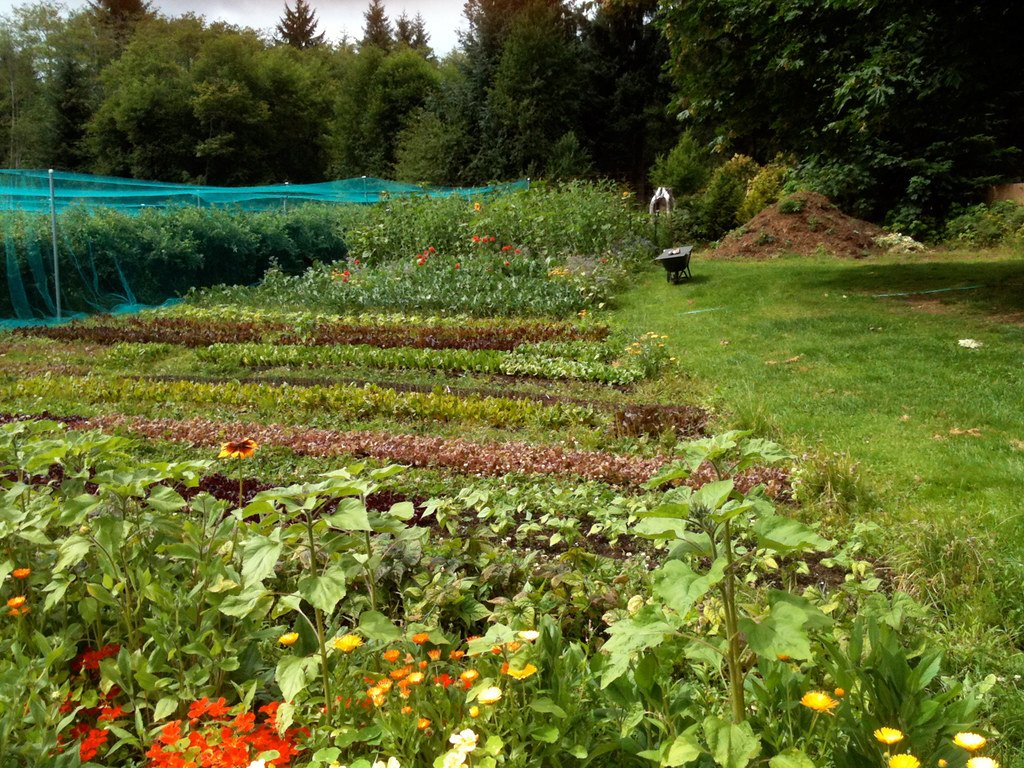
Scientists are exploring some fascinating possibilities for enhancing plants’ climate-fighting abilities. Researchers are investigating ways to genetically modify plants to store more carbon, grow faster, or survive in harsher conditions. Some are even exploring the possibility of engineering plants that can directly capture and store atmospheric methane, another potent greenhouse gas.
Other cutting-edge approaches include using plants to produce bioenergy with carbon capture and storage (BECCS), where plants are grown specifically to be harvested and burned for energy, with the resulting CO2 captured and stored underground. While still experimental, these technologies could theoretically create “negative emissions” systems that actually remove more carbon from the atmosphere than they produce.
The Path Forward: Realistic Expectations

Plant restoration can play a crucial role in fighting climate change, but it’s not a substitute for rapid decarbonization of our energy systems. The most realistic scenarios suggest that aggressive restoration efforts could remove 5-10 billion tons of CO2 annually by 2050 – significant, but still only about 25% of current annual emissions.
The key is to start now and scale up quickly. Every year of delay makes the challenge more difficult, as climate change continues to stress the very ecosystems we’re trying to restore. The window for effective plant-based climate solutions is still open, but it’s closing fast. The question isn’t whether plants can help reverse climate change – it’s whether we’ll give them the chance to do so before it’s too late.
What would happen if we treated every patch of degraded land as an opportunity rather than a problem?

